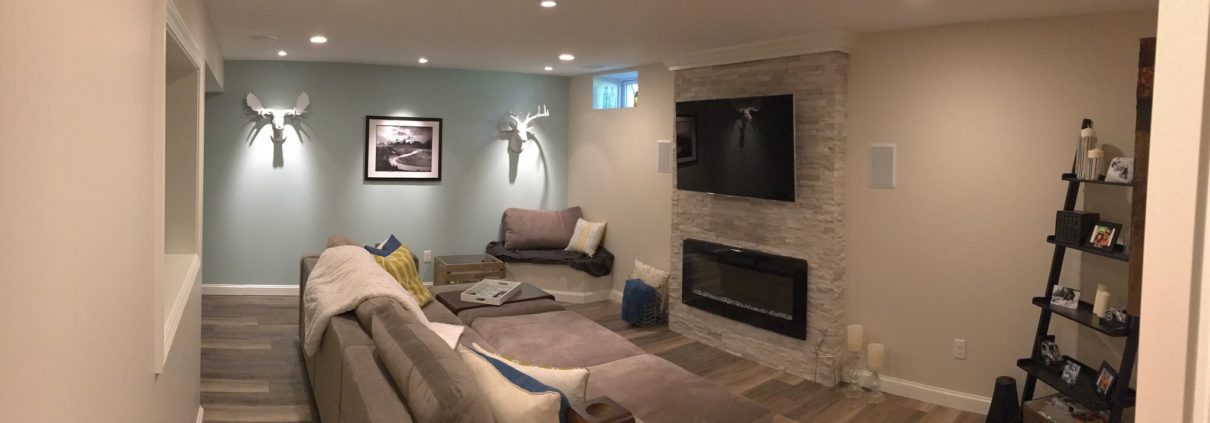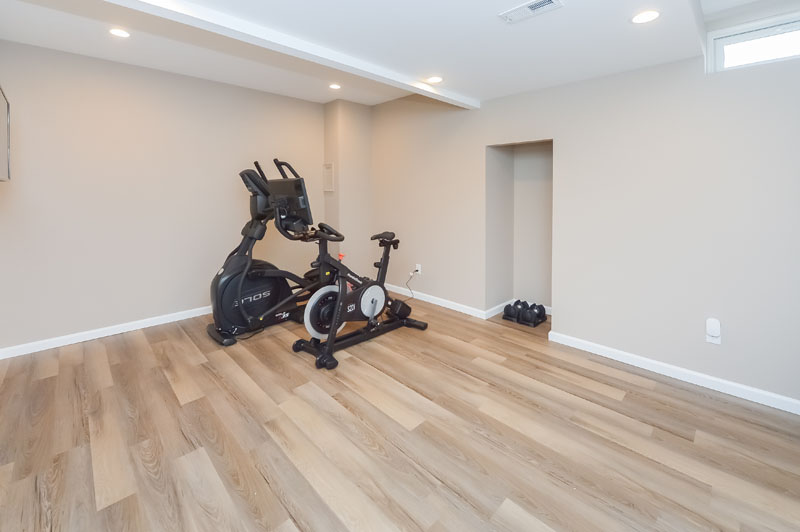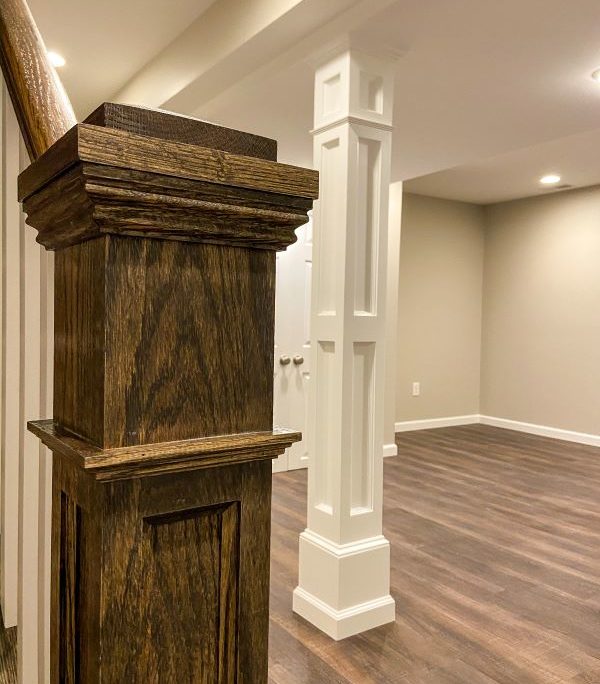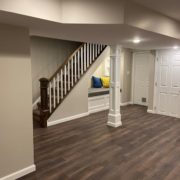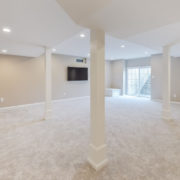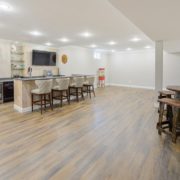The Benefits of Finished Basements
Use Your Basement for More than Just Storage
Your basement doesn’t have to be just a dark dungeon where you store your Christmas decorations. Finishing your basement can actually give you more benefits than you may think. Not only can you add more living space and increase the market value of your home, but you can also increase your home’s energy efficiency! Obstacles like low ceilings, disguising water heaters, and insufficient lighting are all issues that can be dealt with.
Most of us leave our basement space unfinished. Unattractive concrete walls and carpet scraps laid on the floor are only inviting to mold and mildew. The only time we use our basement is for storing things we don’t need.
Putting that space to use could be the best thing that can do for your home — it truly can come in handy for so many things. Here’s what you should consider when contemplating a modern finished basement design.
Flooring
Most unfinished basements have a concrete floor, and to cover that, people generally lay down carpeting or wood flooring that traps moisture underneath, leaving the flooring vulnerable to mold and mildew. To avoid this, it’s a wise idea to install basement subflooring, which provides a level base for the flooring finish material while insulating and protecting against moisture infiltration. Options range from simple plywood 2x4s to rigid foam to specialty subfloor systems. The latter two choices do not sacrifice as much precious head clearance as plywood subfloor does while offering great thermal insulation properties.
After you’ve chosen the material, you can begin to focus on the aesthetics. Search all the floor designs that you might think will work for your space and the theme you have in mind. This could be a time-consuming and daunting task, so take your time and finalize a flooring style that will work best for you (or consult a design expert!) You’ll need to consider these three attributes: durability, attractiveness, and water-tightness.
Walls
Begin by checking the basement walls for any excessive moisture. If there’s moisture on your walls opt for wall paneling. Unlike wooden framing that may rot or metal frames that leave ugly rust spots, paneled walls are made from durable high-density foam insulation. The paneling not only functions well but can also prove an attractive stylistic choice for your basement walls.
Ceilings
Suspended ceilings are a good option for your basement. They allow easy access to ducts, electrical cords, and cables. These ceilings are also water-resistant. Other important aspects to consider when choosing ceiling material are noise control and thermal regulation. Depending on whether you intend to use your finished basement for work or play, you’ll either want to keep the noise from the rest of the house out or the noise from the basement contained within.
Finishing touches
Last but not least comes lighting. Lighting is the crucial finishing touch that gives definition to your space and sets all the other design elements in place. In order for your walls, flooring, and ceiling to look perfect with the theme of the furniture, do not overlook the role of basement lighting in creating the perfect ambiance.
The possibilities for your new basement are endless. A finished basement adds value to your home as well as energy savings. Contact us for more information about how you can finish your basement or visit or project gallery below for inspiration.

